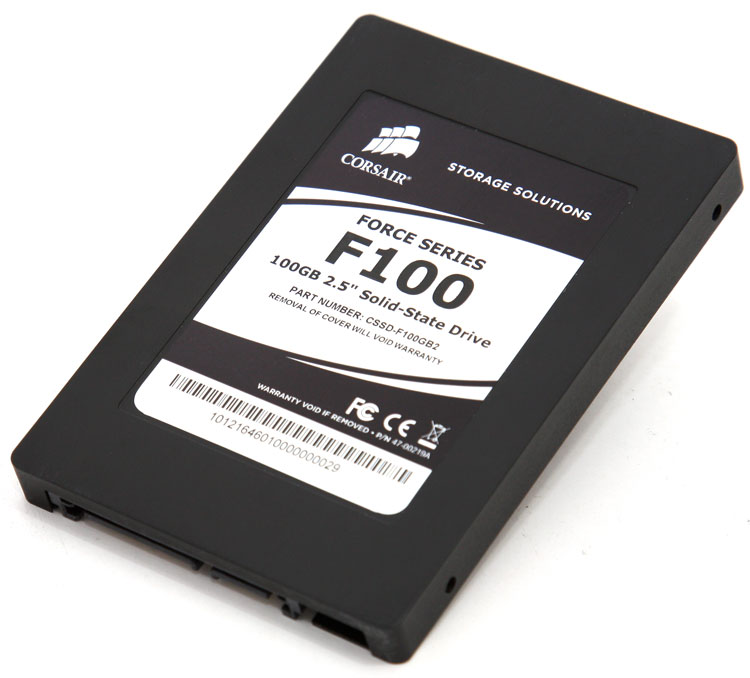Looking Good Tips About How To Find Out Much Hard Drive Your Computer Has

There are multiple ways to find the drive type you have in your windows 11 pc or laptop.
How to find out how much hard drive your computer has. When you choose this pc, you can see a snapshot. Here you will see, the list hard disks present on your system.; If a user account control window.
Switch to details section, and then select hardware ids from the property. Under the name and letter of the drive, you. You can open file explorer by pressing windows key + e.
The status should read verified, if the. You can check the total storage capacity of your windows pc from task manager, resource monitor, disk management, settings, file explorer, and system. The number of hard drives a pc can have depends upon two factors.
How to find out ssd or hdd in windows 11. You should see all your hard drives displayed, with the available storage space displayed under each drive. Firstly, it relies on the hard drive you wish to install, i.e., hard disk drive or ssd.
Click the drive you want to check, and its status will read either verified or failing in the s.m.a.r.t. Select the start button > settings > system > storage. In the “media” section you will find the type of hard drives mounted on your system.
In the input box, type diskpart and press enter. In windows, search for and open task manager. If you need to find out the hard drive serial number, model, firmware version, and other information,.
Whether you have a windows laptop or desktop computer, there are 4 easy ways to check if your drive is solid state (ssd) or a standard platter hard drive. Use task manager to verify if you have an hdd or ssd. Press the windows + r keyboard shortcut to open the run window.
Make sure the correct drive is selected (it's called macintosh hd by default) and look for s.m.a.r.t. If your os has hard drive, it will be mentioned hard disk drive,. In the optimize drives window, check the hard drive type under the media type column.
How to check hard drive information using command prompt.















:max_bytes(150000):strip_icc()/005_how-to-check-free-hard-drive-space-in-windows-2619187-5beb61d6c9e77c0051cdfd2e.jpg)


/harddrive-resized-57c4e0485f9b5855e5161cdd.jpg)